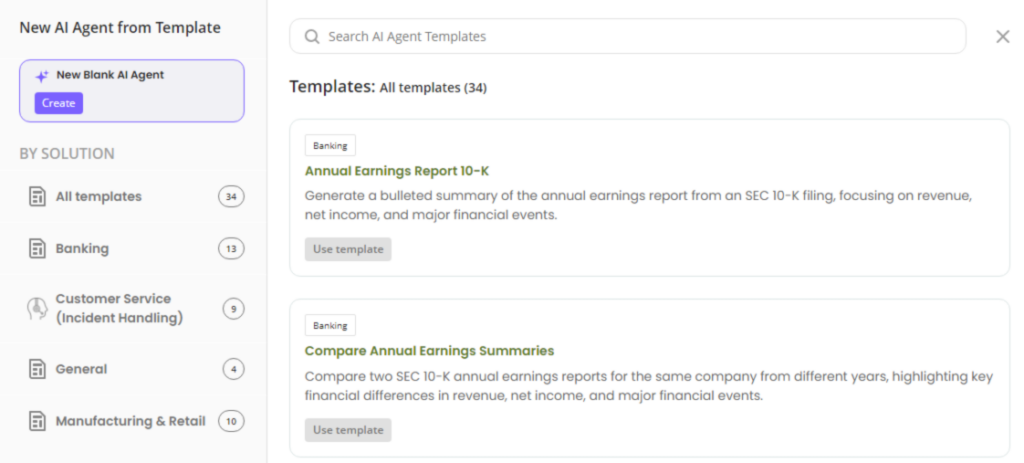Are you looking to become a UiPath Certified Professional Automation Developer Professional? Achieving this certification can significantly boost your career in robotic process automation (RPA) and validate your expertise in UiPath.
To help you prepare efficiently, I’ve put together a structured 30-day study plan that covers all the essential topics, hands-on exercises, and exam strategies to ensure success. Let’s dive in!
